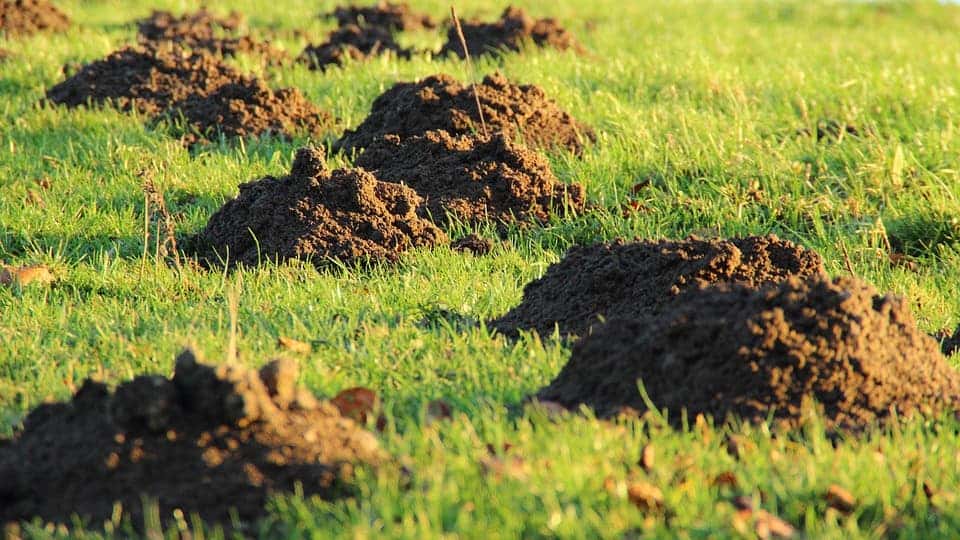Novel research is allowing us to see what different microbes in the soil are up to.
Researchers from the Department of Energy’s Lawrence Berkeley National Laboratory (Berkeley Lab) report being the first to successfully isolate active microbes from a soil sample. These germs underpin life on Earth today, so the research has the potential to branch out into many other fields including ecosystem science, environmental rehabilitation, and agriculture.
Soil searching
“Soils are probably the most diverse microbial communities on the planet,” said Estelle Couradeau, first author of the study. “In every gram of soil, there are billions of cells from tens of thousands of species that, all together, perform important Earth nutrient cycles. They are the backbone of terrestrial ecosystems, and healthy soil microbiomes are key to sustainable agriculture.”
“We now have the tools to see who these species are, but we don’t yet know how they do what they do. This proof-of-concept study shows that BONCAT is an effective tool that we could use to link active microbes to environmental processes.”
For the past two years, Couradeau and her co-authors have been collaborating with other researchers in a Berkeley Lab-led scientific focus area called ENIGMA (Ecosystems and Networks Integrated with Genes and Molecular Assemblies) to better understand soil microbiomes. ENIGMA’s projects are of great interest to researchers in the field of biology, energy, and Earth sciences.
Soil microbes are hard to study because they won’t grow in lab cultures, and because they come in an extremely wide palette in natural habitats. Many of these microbes — as much as 95% at a time, according to the team — can also lie inactive at any given time, further complicating efforts to tie their activity to observed effects. Because of this, researchers usually study such microbes by collecting samples and then sequencing bulk DNA to determine which strains are present therein. However, most of the commonly used techniques can’t differentiate active microbes from those that are dormant or from free-floating bits of DNA found in soil and sediment.
Sleeper cells
“There are many barriers to measuring microbial activities and interactions,” said Trent Northen, lead author and director of biotechnology for ENIGMA
Enter BONCAT (Bioorthogonal Non-Canonical Amino Acid Tagging), a microbial sorting tool that allows researchers to tell apart active vs inactive microbes in a sample. Northen’s team is the first one to successfully use this technique on a sample of soil, and they hope the research will help us understand how soil microbiomes affect large-scale environmental events. BONCAT was developed by Caltech geneticists in 2006 as a way to isolate newly made proteins in cells, and was later adapted into a tool that could identify active, symbiotic clusters of dozens to hundreds of microbes within ocean sediment. Further refinement of this method led to the development of BONCAT Fluorescent Activated Cell Sorting (BONCAT+FACS), which is able to detect individual active microbes.
With BONCAT+FACS, researchers sort through single-celled organisms using a fluorescent tagging molecule, which binds to a modified version of methionine (an amino acid). A fluid solution containing the modified methionine is introduced to a sample of microbes, and those that are active — i.e. that are synthesizing proteins — will incorporate the modified methionine into their structures. The process is much more streamlined and reliable than previous microbial identification methods, and only takes a few hours to perform (which means it can tag active cells even when they are not replicating).
The team spent three months tweaking and optimizing the technique, which resulted in a protocol that can smoothly and reliably identify active microbes in a sample — “most importantly”, according to a press release accompanying the study, the technique “gives very reproducible results”.
“BONCAT+FACS is a powerful tool that provides a more refined method to determine which microbes are active in a community at any particular time,” said Rex Malmstrom, co-author of the study who previously worked on refining BONCAT for marine use.
“It also opens the door for us to experiment, to assess which cells are active under condition A and which cells become active or inactive when switched to condition B.”
“With BONCAT, we will be able to get immediate snapshots of how microbiomes react to both normal habitat fluctuations and extreme climate events—such as drought and flood—that are becoming more and more frequent,” said Northen.
BONCAT+FACS will be available through the user programs set up by the Department of Energy’s Joint Genome Institute (JGI), the authors write. They hope to promote research in other lines of study, among which they cite assessing antibiotic susceptibility in unculturable microbes and investigating the completely unknown roles of Candidatus Dormibacteraeota, a phylum of soil bacteria, found across the world, that appear to remain dormant most of the time. The technique will also help fill in the gaps of our understanding of environmental functions and point the way for new research into drought-resistance in crops, the sustainable production of fuel and other bioproducts, environmental rehabilitation, and many others.
The paper “Probing the active fraction of soil microbiomes using BONCAT-FACS” has been published in the journal Nature.










